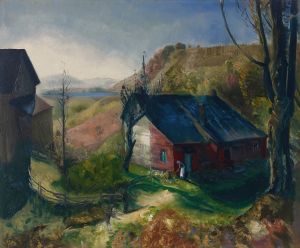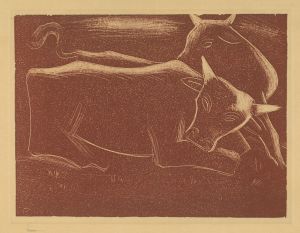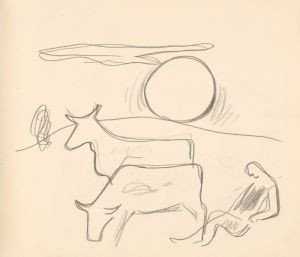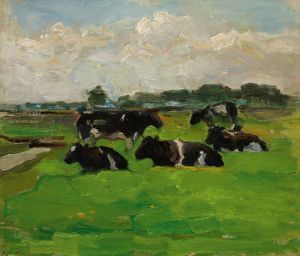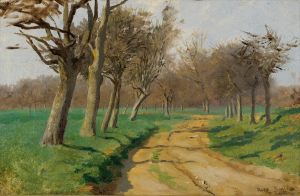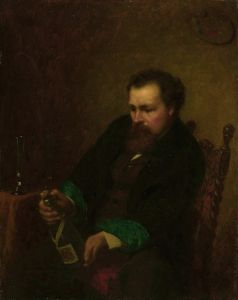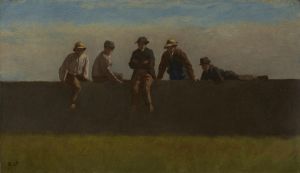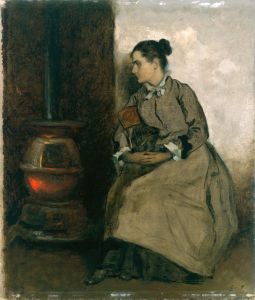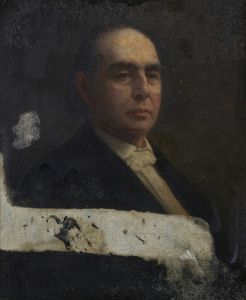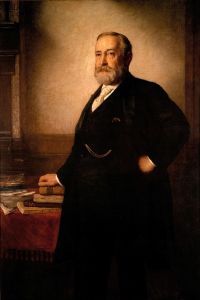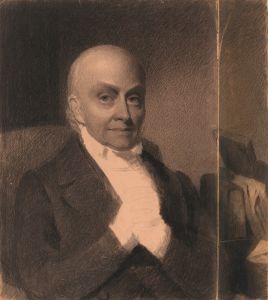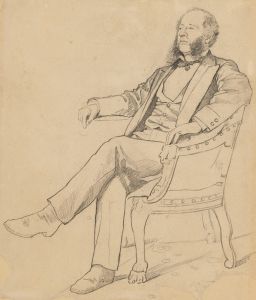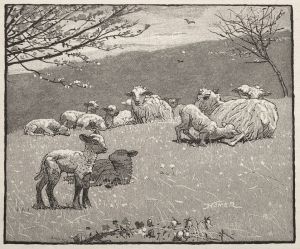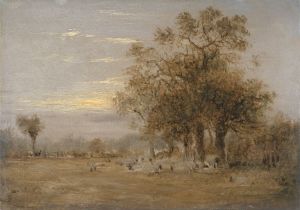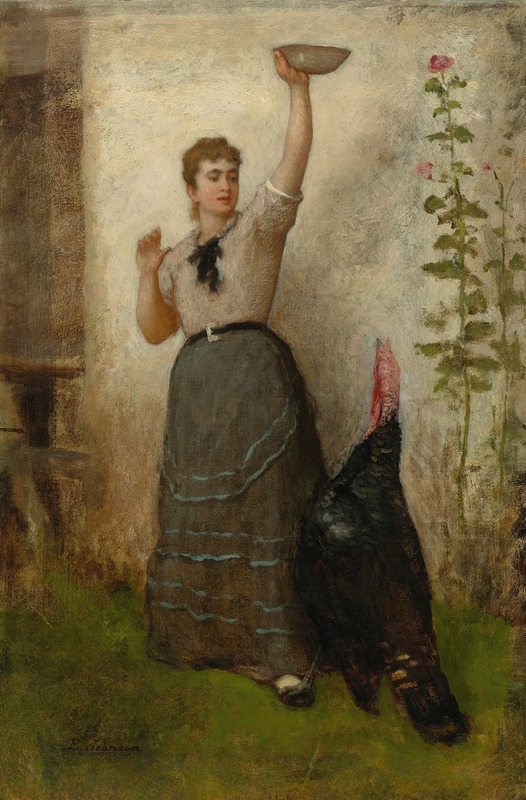
Feeding The Turkey
A hand-painted replica of Eastman Johnson’s masterpiece Feeding The Turkey, meticulously crafted by professional artists to capture the true essence of the original. Each piece is created with museum-quality canvas and rare mineral pigments, carefully painted by experienced artists with delicate brushstrokes and rich, layered colors to perfectly recreate the texture of the original artwork. Unlike machine-printed reproductions, this hand-painted version brings the painting to life, infused with the artist’s emotions and skill in every stroke. Whether for personal collection or home decoration, it instantly elevates the artistic atmosphere of any space.
"Feeding the Turkey" is a notable painting by the American artist Eastman Johnson, created in 1875. Johnson, a prominent figure in 19th-century American art, is often celebrated for his genre paintings that depict everyday life and domestic scenes with a keen sense of realism and attention to detail.
This particular painting, "Feeding the Turkey," is an exemplary work that showcases Johnson's ability to capture the nuances of rural American life during the post-Civil War era. The painting portrays a family scene set in a rural environment, where a group of people, presumably a family, is engaged in the activity of feeding turkeys. The setting is likely a farmyard, which is suggested by the presence of a barn and other farm-related elements in the background.
Johnson's work is characterized by its warm, earthy color palette and the use of light and shadow to create depth and texture. In "Feeding the Turkey," these techniques are employed to bring a sense of warmth and intimacy to the scene. The figures in the painting are depicted with a sense of realism and individuality, reflecting Johnson's skill in portraiture and his interest in the human condition. The clothing and demeanor of the figures suggest a humble, hardworking family, typical of the rural communities of the time.
The painting is also significant for its cultural and historical context. During the 19th century, America was undergoing significant changes, with the aftermath of the Civil War and the ongoing expansion westward. Johnson's work often reflects the social and cultural dynamics of this period, capturing the essence of American life and identity. "Feeding the Turkey" can be seen as a celebration of rural life and the simple, yet meaningful, traditions that were an integral part of American culture.
Eastman Johnson was a co-founder of the Metropolitan Museum of Art in New York City, and his works are held in high esteem in various prestigious collections across the United States. "Feeding the Turkey" is part of the collection at the Minneapolis Institute of Art, where it continues to be appreciated by visitors for its artistic merit and historical significance.
Johnson's ability to convey emotion and narrative through his paintings has earned him a lasting place in the history of American art. "Feeding the Turkey" remains a testament to his talent and his dedication to portraying the American experience with authenticity and empathy. Through this painting, viewers are offered a glimpse into the past, into the lives of ordinary people, and the enduring traditions that define a culture.





